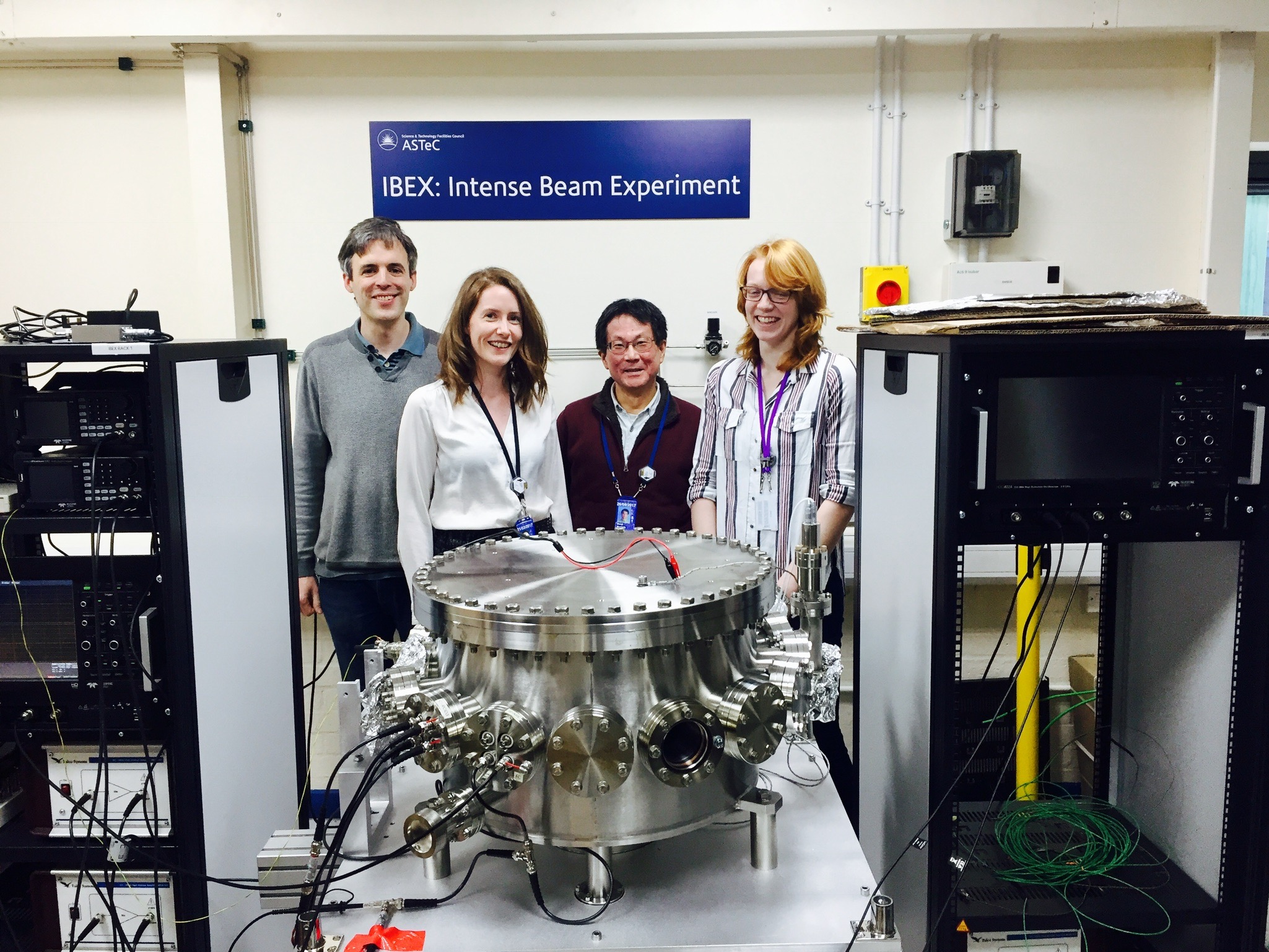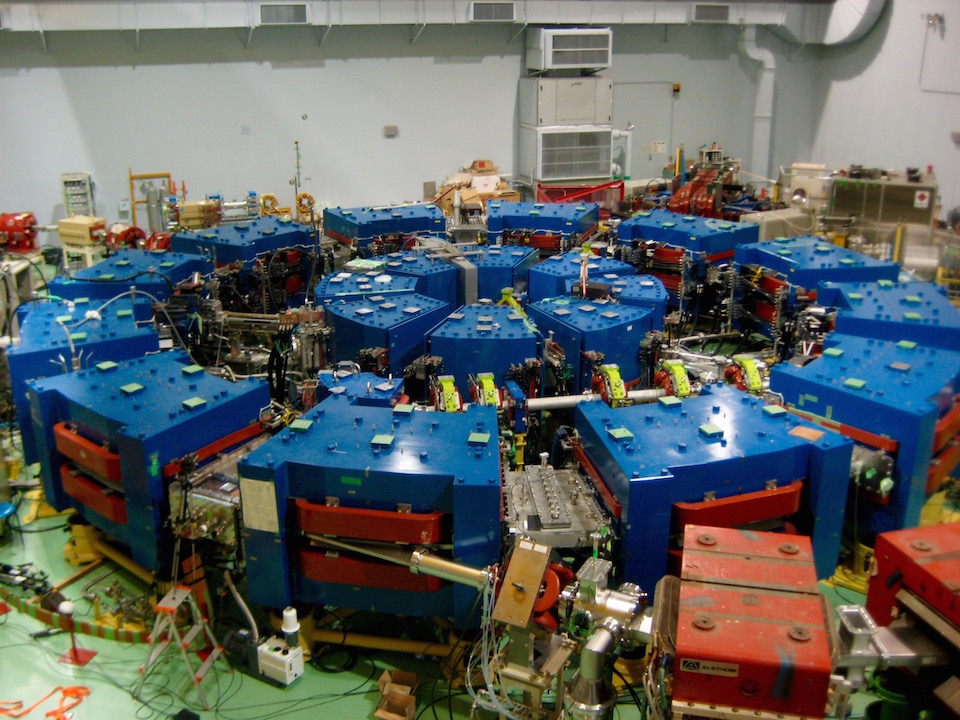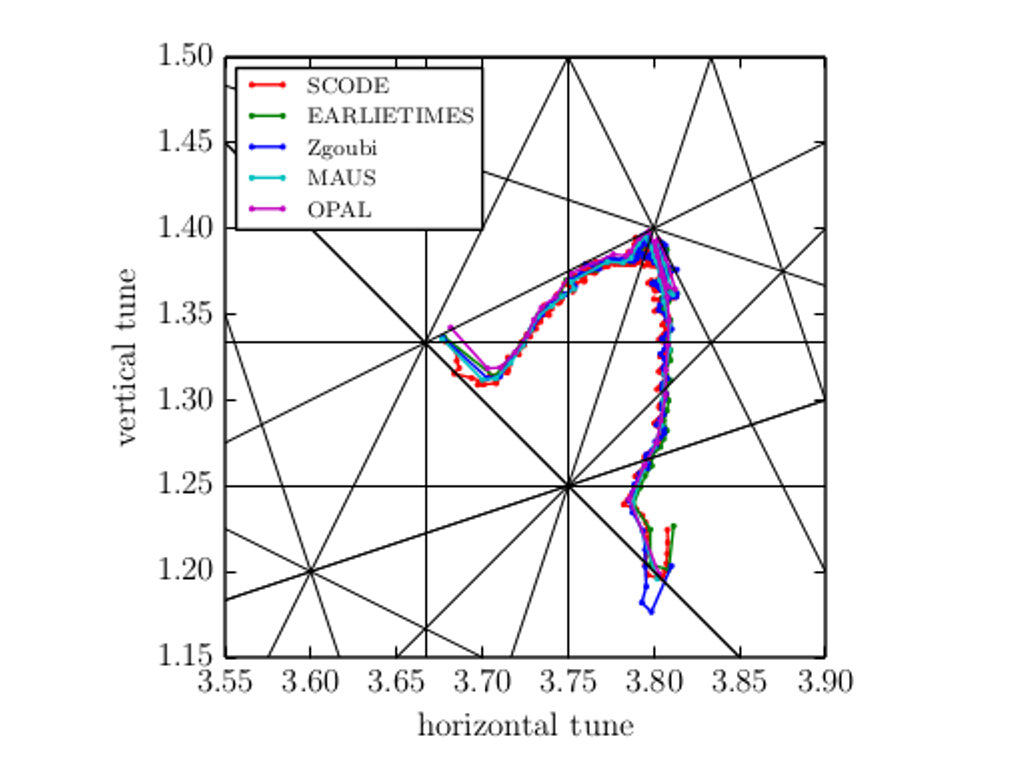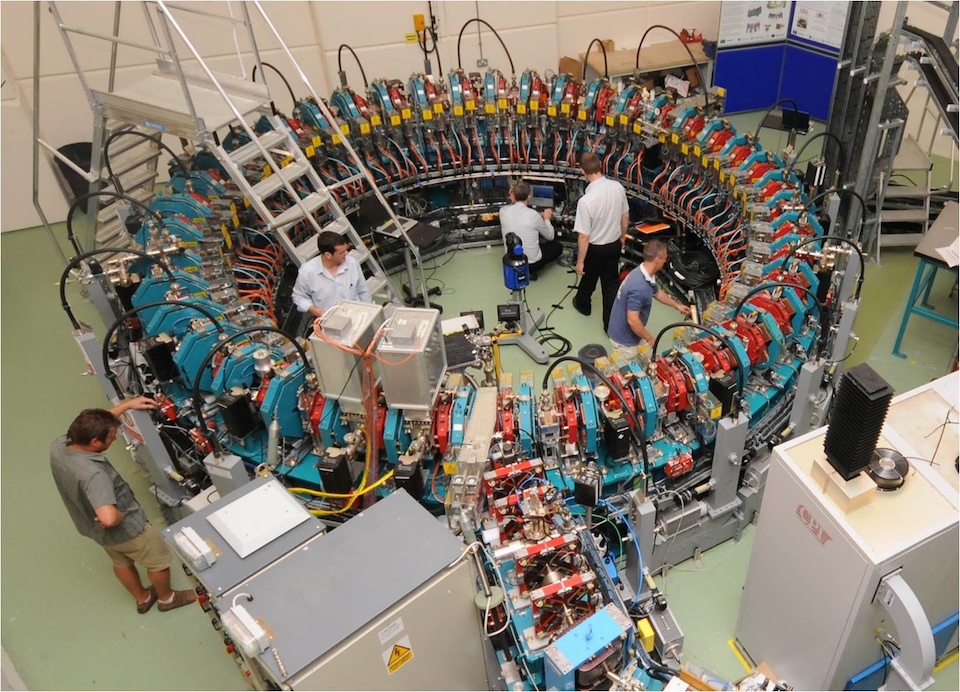Research
Looking for work experience, an MPhys project or a PhD project? See here for current opportunities.
My research interests lie in the areas of particle physics, accelerator physics and their applications including medical and energy applications.
Particle accelerators are one of the greatest tools of modern science. From exploring the workings of our universe through to making components for mobile phones, these machines really have revolutionised the way we live. What’s more, they are more common than you think, there are over 35,000 of them in the world.
I work mostly on a type of accelerator called a “fixed field alternating gradient accelerator” or FFA. The FFA idea was invented in the 1950's and 60's but it wasn't until the 1990's that the first proton machines were built in Japan. Since then, interest has been re-awakened and a new type of accelerator was invented, known as the 'non-scaling' Fixed Field Alternating Gradient accelerator. This technology is of great interest to physicsits and to industry because it has the potential to provide accelerators which are more flexible, compact and cheaper than existing machines.
In 2008 the first accelerator of this kind in the world was constructed. It’s called EMMA (Electron Model for Many Applications) and is based at Daresbury Laboratory in Cheshire, UK. I wrote a bit about it here.
One area that these machines could find favour is in cancer treatment using charged particle beams. This is what I looked at during my DPhil (PhD), as part the PAMELA project, which you can read more about here. My thesis is available online through the Oxford University Research Archive, follow this link to download.
Cancer treatment requires quite a modest particle beam in terms of beam intensity (or how many particles you can squeeze into the accelerator at once). Other applications require much higher beam intensities, such as an accelerator driven subcritical (ADS) system for the transmutation of nuclear waste or small accelerators for medical isotope production. More reliable accelerators that are relatively cheap could see accelerators being used in all kinds of new ways that we currently can’t even imagine. This is why my research is now focused on high power applications of these accelerators, and understanding the basic beam dynamics behind them.




